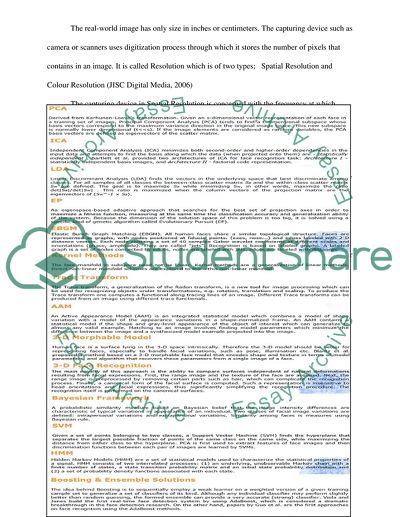Cite this document
(“Face Recognition Technology Research Paper Example | Topics and Well Written Essays - 1000 words”, n.d.)
Retrieved from https://studentshare.org/information-technology/1583909-face-recognition
Retrieved from https://studentshare.org/information-technology/1583909-face-recognition
(Face Recognition Technology Research Paper Example | Topics and Well Written Essays - 1000 Words)
https://studentshare.org/information-technology/1583909-face-recognition.
https://studentshare.org/information-technology/1583909-face-recognition.
“Face Recognition Technology Research Paper Example | Topics and Well Written Essays - 1000 Words”, n.d. https://studentshare.org/information-technology/1583909-face-recognition.


